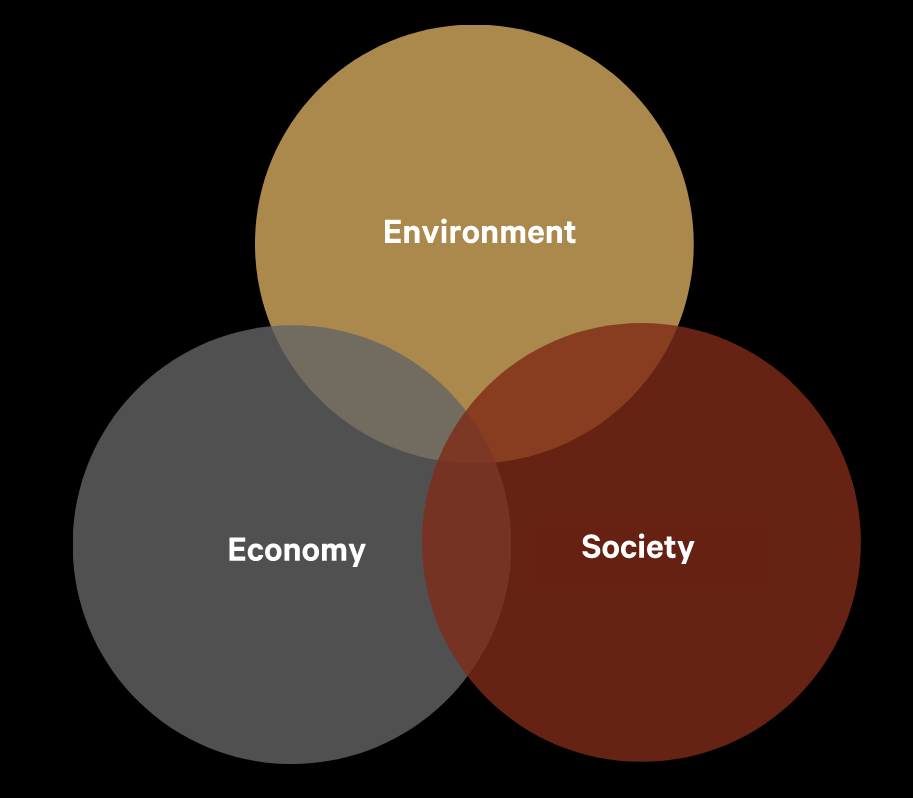Welcome to Dewson Architects Insights, where we’re hoping to showcase, but more importantly, inspire you to see the work of an architecture firm through a different lens.
INTRODUCTION – DEWSON ARCHITECTS AND SUSTAINABILITY

My business began to shift about 20 years ago. The year was 2004 and I had just met a recent graduate, Kyle England, who would prove to be very influential in my practice. Kyle had just finished his thesis on Biomimicry in Architecture – which is the practice of mimicking strategies found in nature to solve human design challenges.
Also, I had just finished reading architect William McDonough’s ground-breaking book Cradle to Cradle and was beginning a philosophical shift from a linear to a cyclical way of thinking in architecture. A cyclical approach considers at every stage retaining, restoring, reusing, recycling material – which are tenets in sustainable architecture. During his job interview with our company, I asked Kyle, “Would you like to design sustainably?” It was barely a discussion. He gave me a resounding YES.
I had never been much into the architectural dogmas of the last century – Post Modernism felt too artificial, Deconstructionism too contrived, Brutalism simply brutal. To me, these movements were the intellectual bafflegab of architects tying themselves into knots. They were incredibly tedious and beyond my comprehension, let alone confusing when I explained these rationales to clients. Cradle to Cradle hit a nerve, and it got my attention.
Our planet, our home, Earth, is a finite place regenerating a number of natural resources through intricate ecosystem cycles. From a molecular level to global climate change, we have only just begun to understand our effect on this planet. And, as we have discovered more and more, we have uncovered a fundamental truth – humans are disrupting the natural cycles of our age. We are creating non-regenerating cycles. We are generating waste. This trajectory is not sustainable.
It’s hard to believe now, but back in 2004, sustainability was a relatively new concept still trying to gain traction. The concept of Sustainable Development was born out of the United Nations sponsored Brundtland Commission whose final report in 1987 defined sustainable development as: development that meets the needs of the present without compromising the ability of future generations to meet their own needs. Sustainability is a holistic approach that considers ecological, social and economic dimensions, recognizing that all these things must be considered in harmony to find lasting prosperity.

Since Kyle joined the firm, our journey down the sustainability path has been a fascinating collision into these three pillars. We did not pursue the direction toward sustainable architecture because we were interested in following the latest trend. We did it is because we want to build buildings that have durability, longevity, and resilience. We want to build structures that are sustainable and that create legacies for centuries to come. This is our passion.
Our Insights invite you to join us on this journey. Along the way, we will lift the veil on what we do as architects. You will experience the successes and setbacks, the conundrums, and compromises, the eureka moments and head-pounding slogs, as we continue to build our holistic approach to sustainability…Creating Sustainable Legacies.
1


